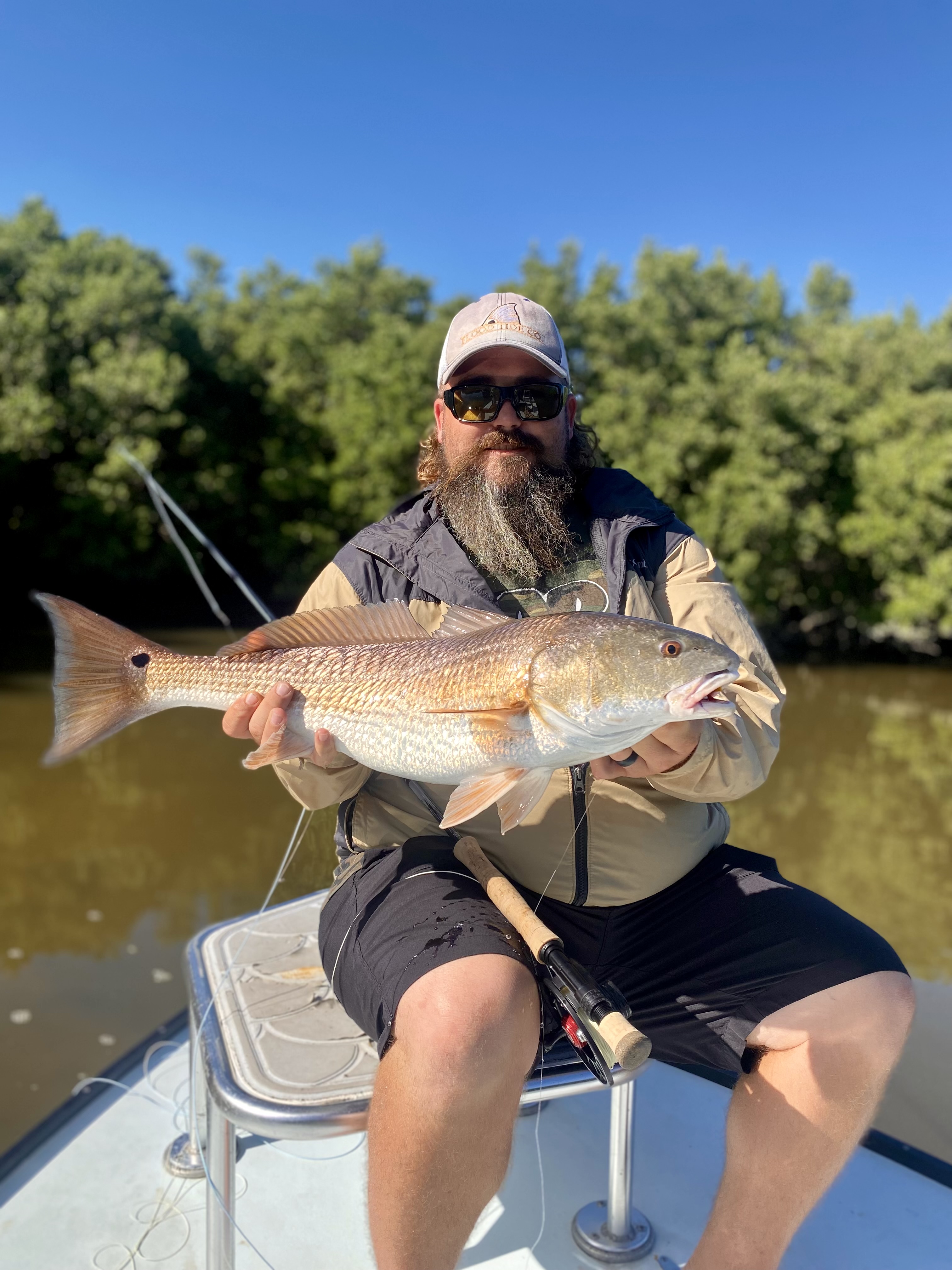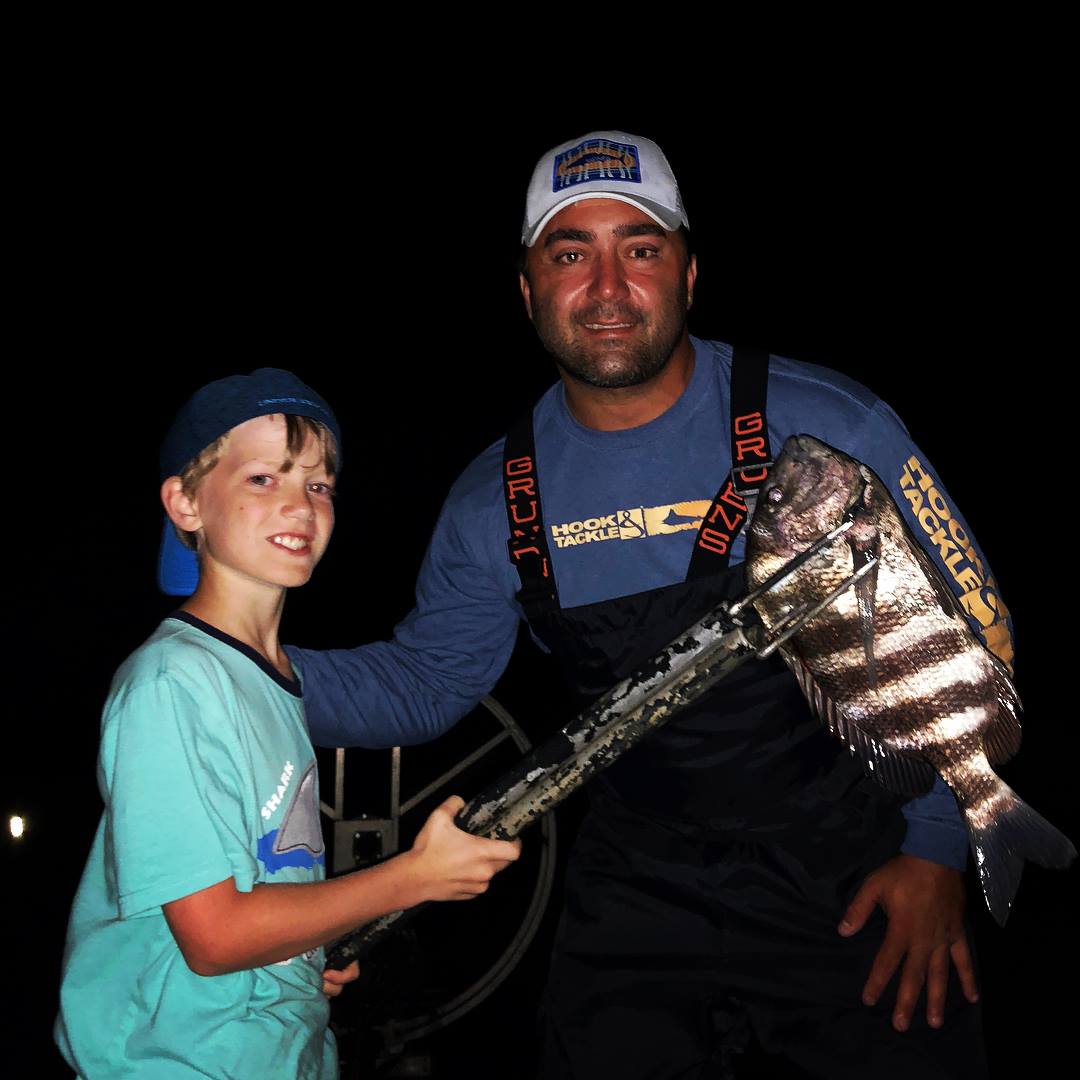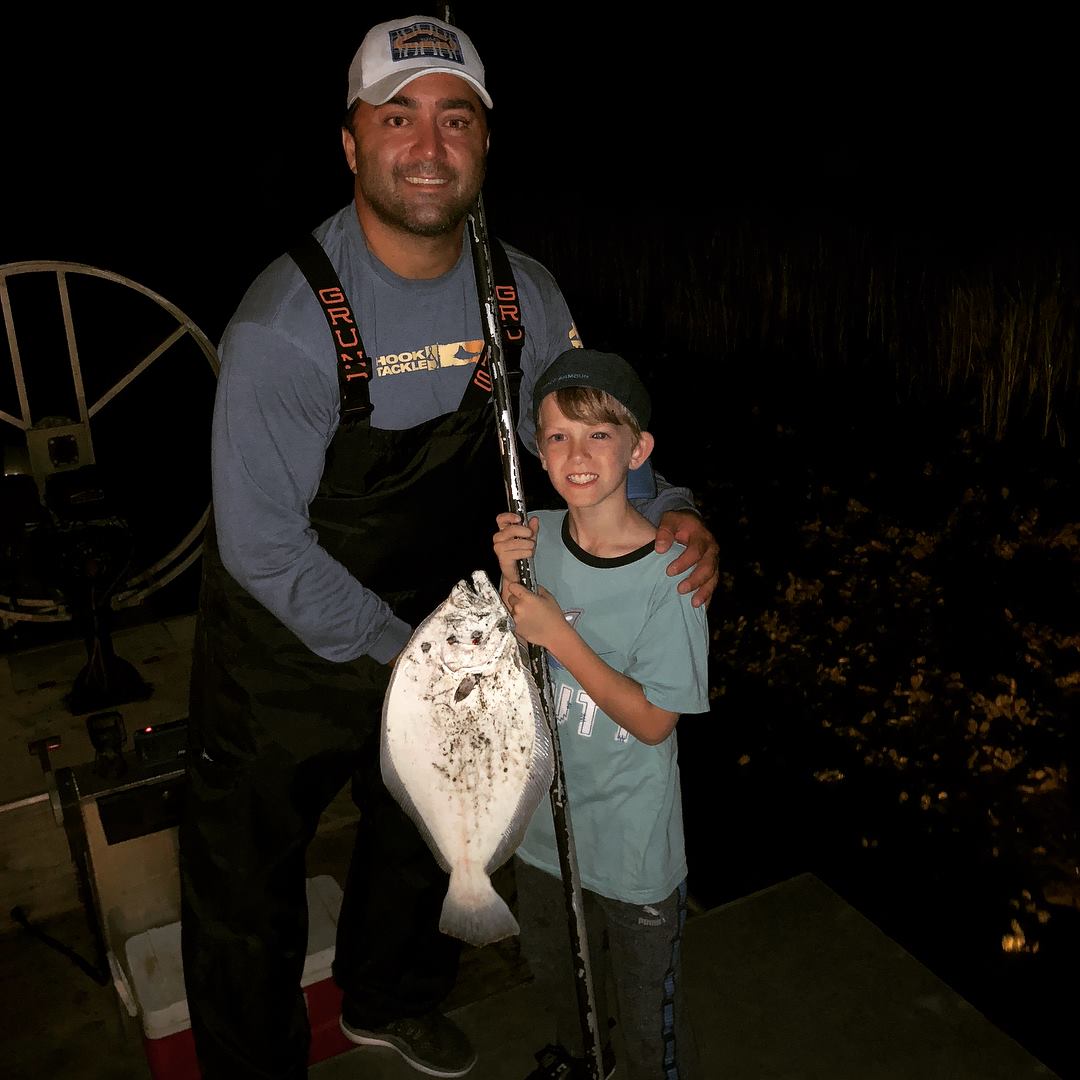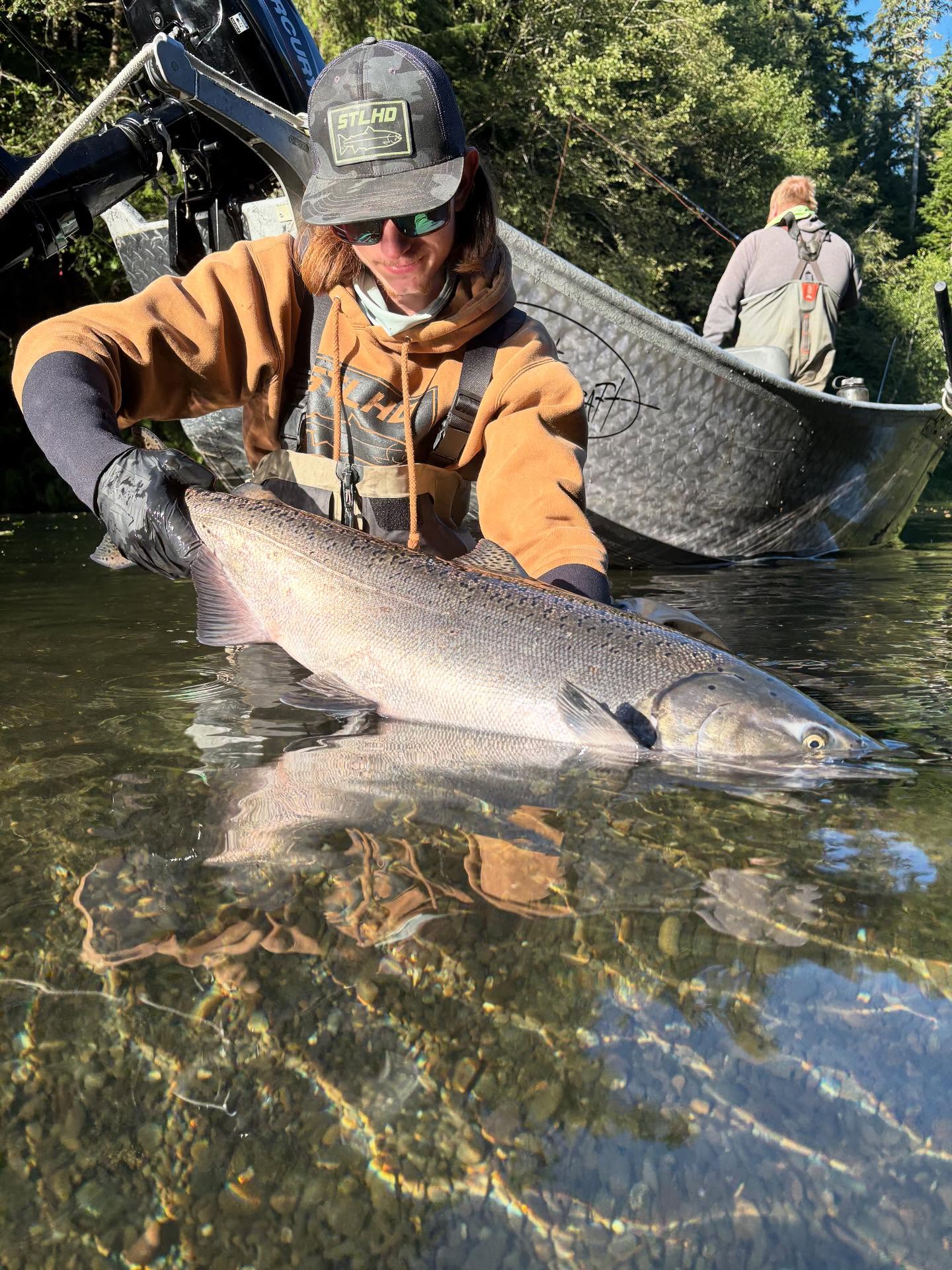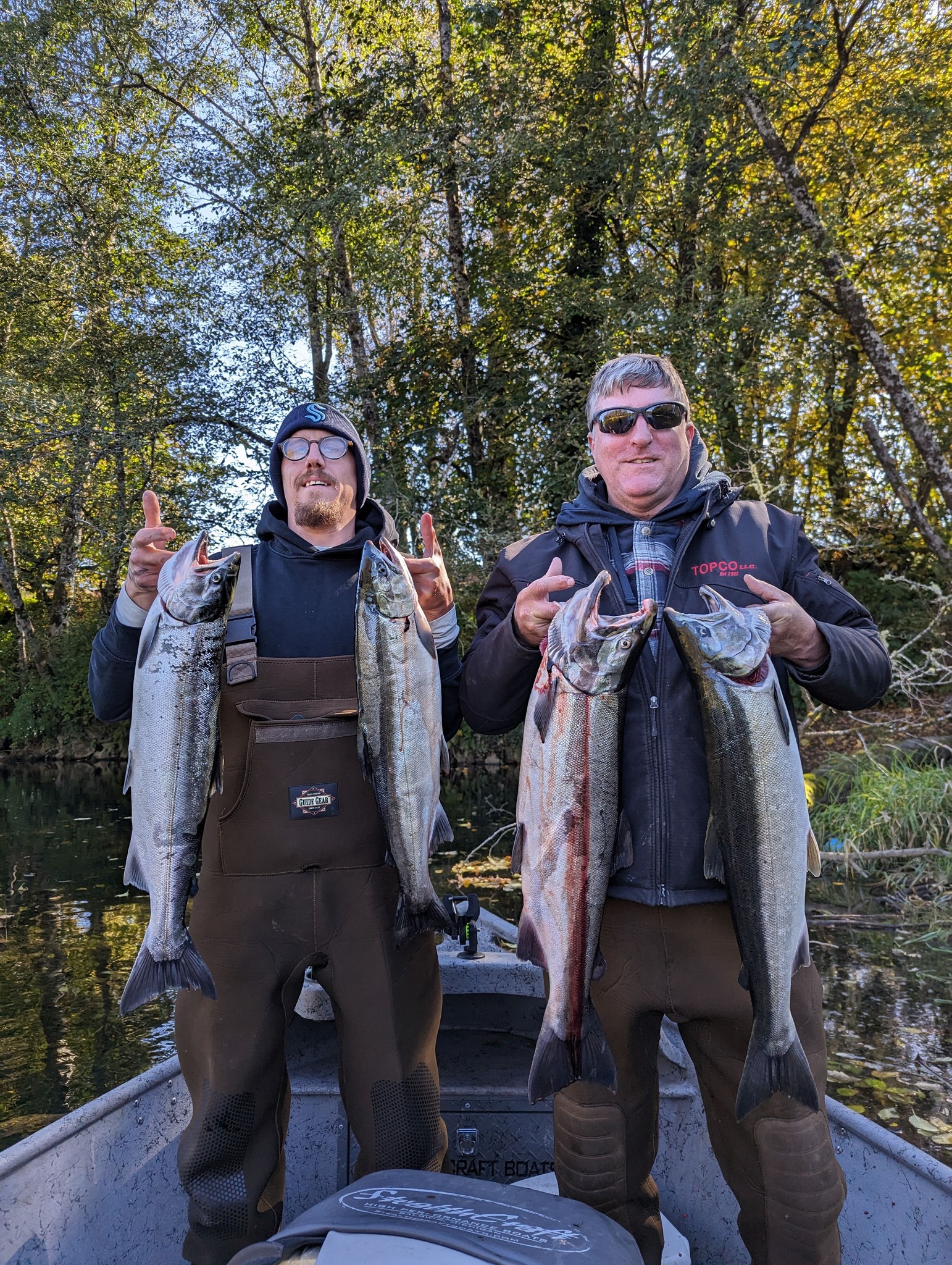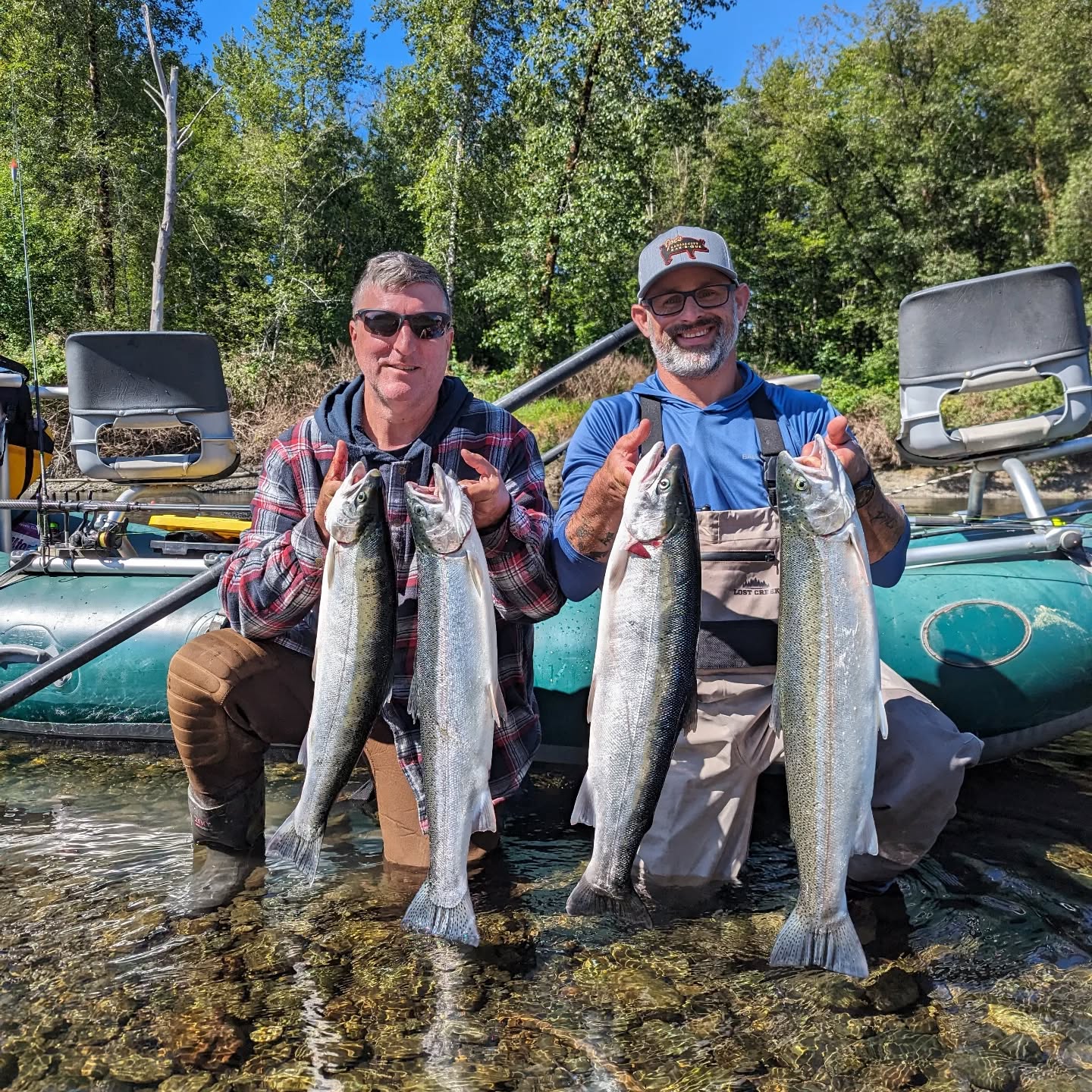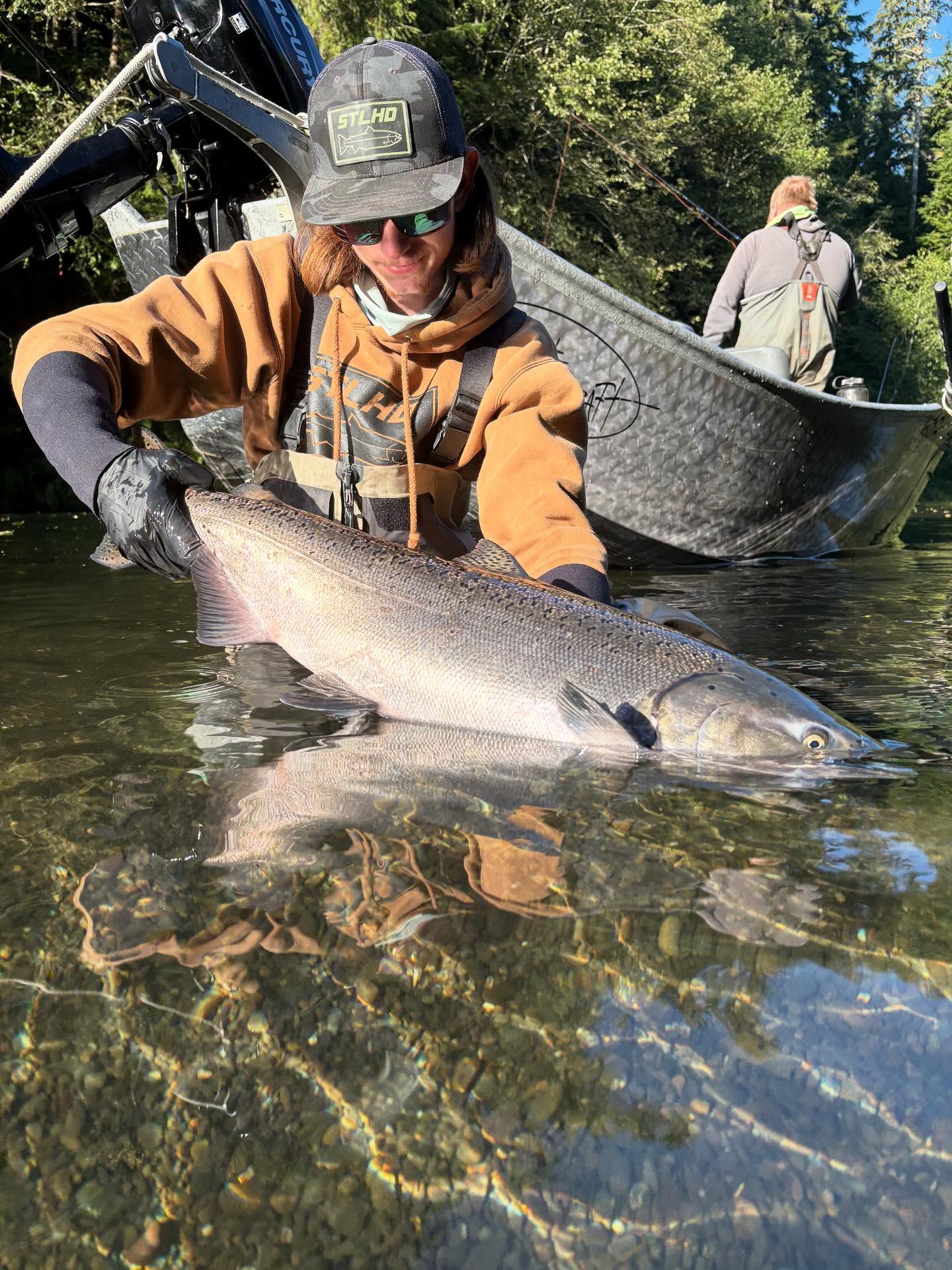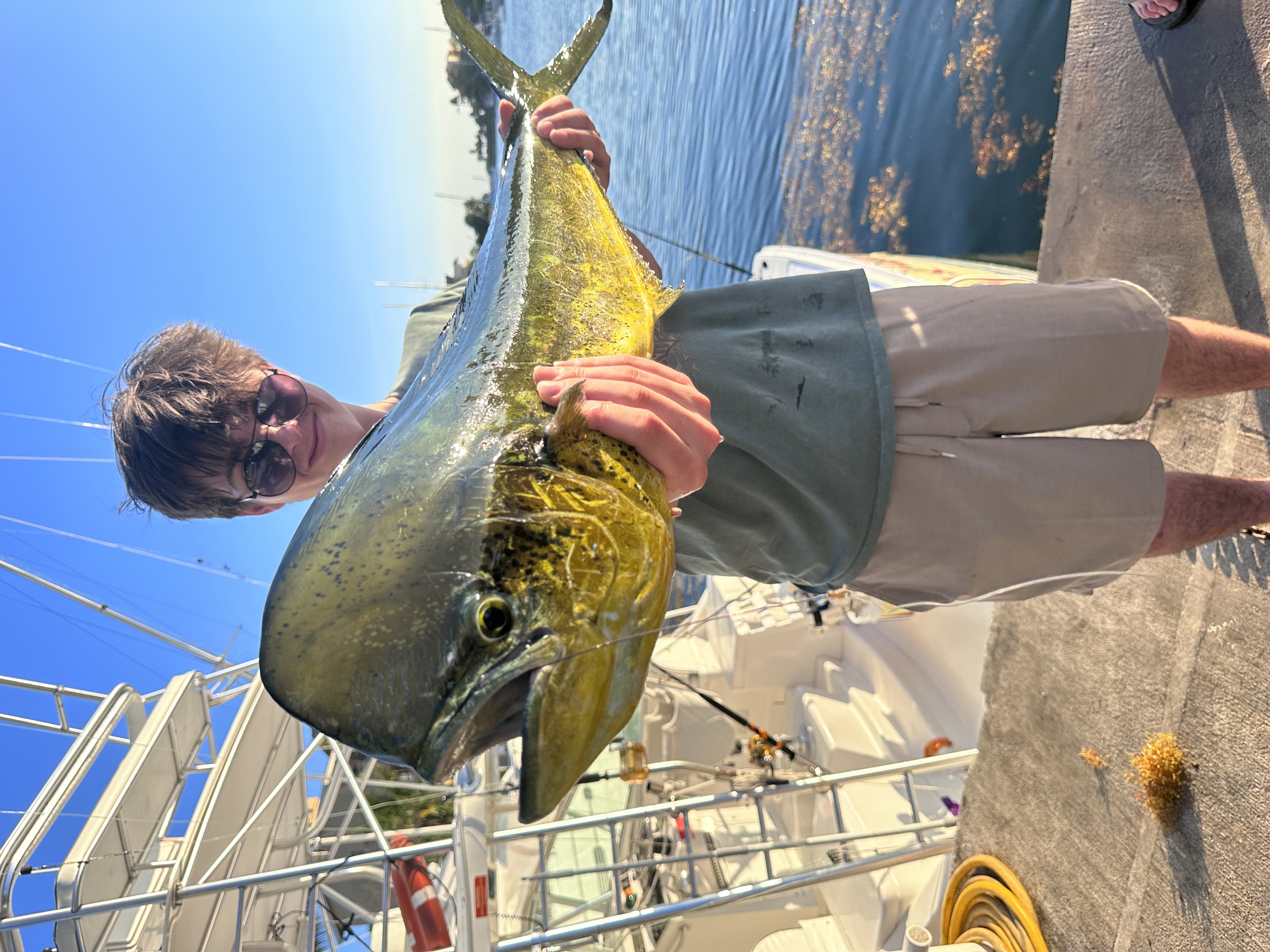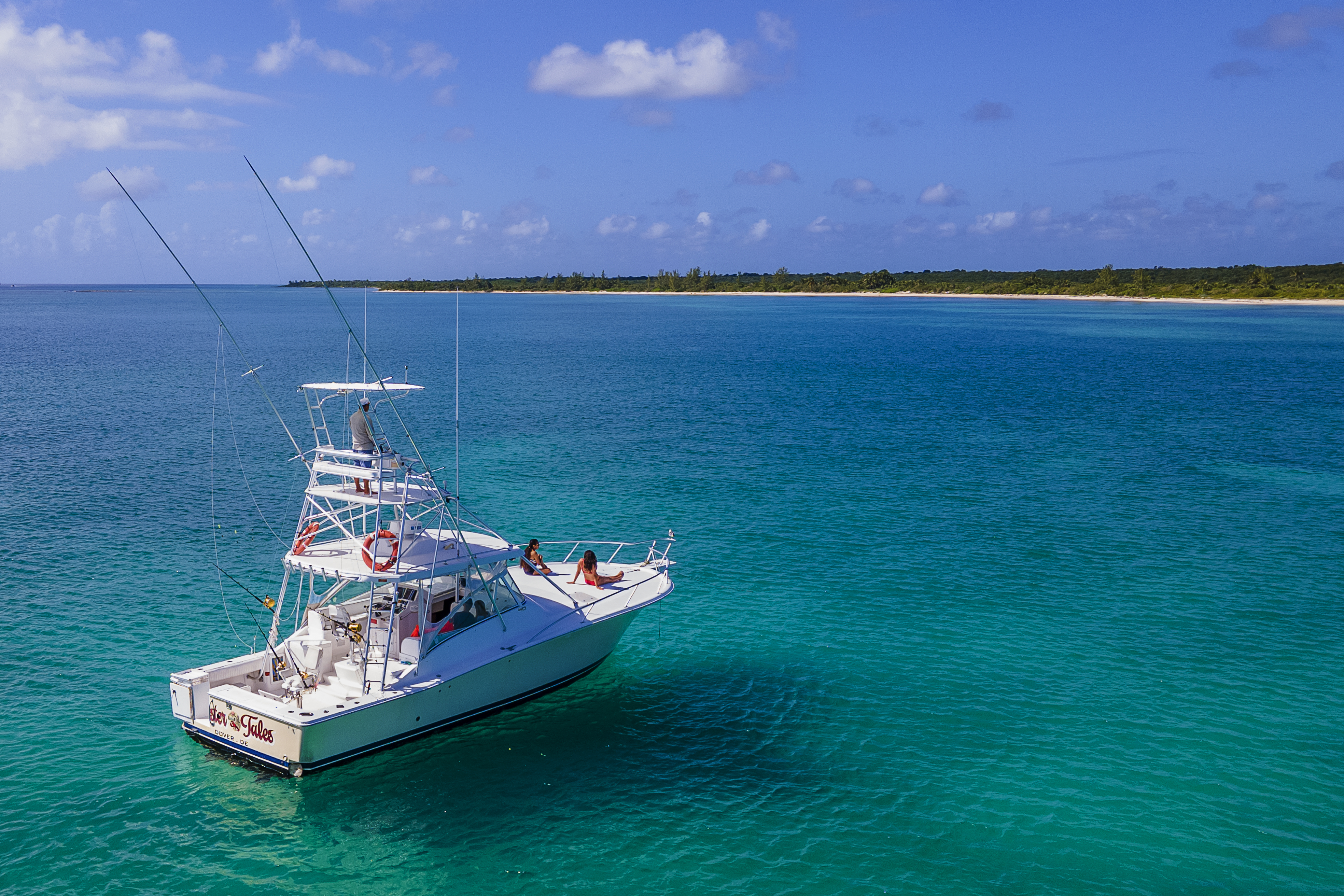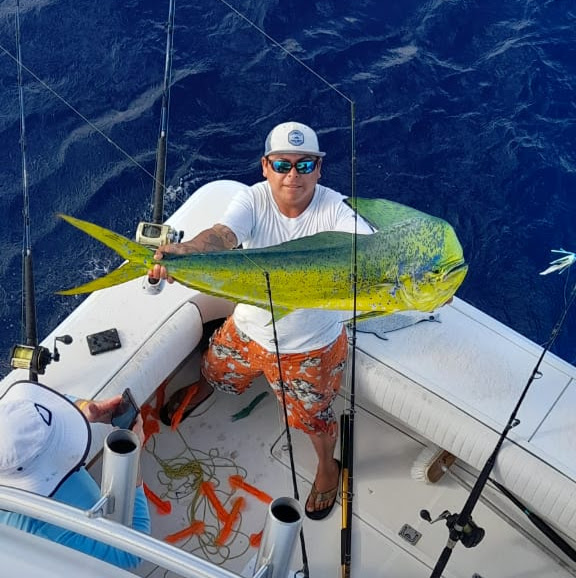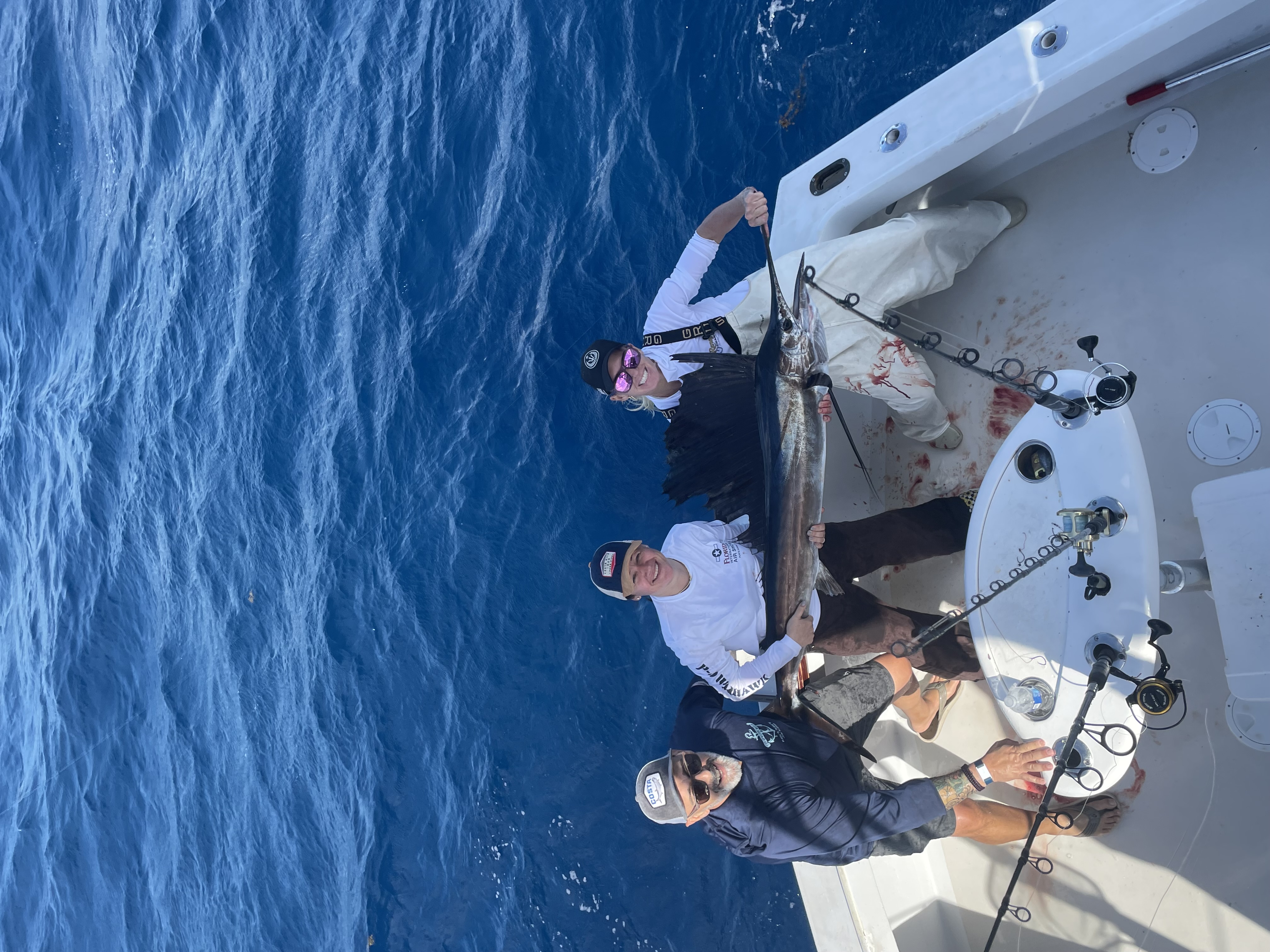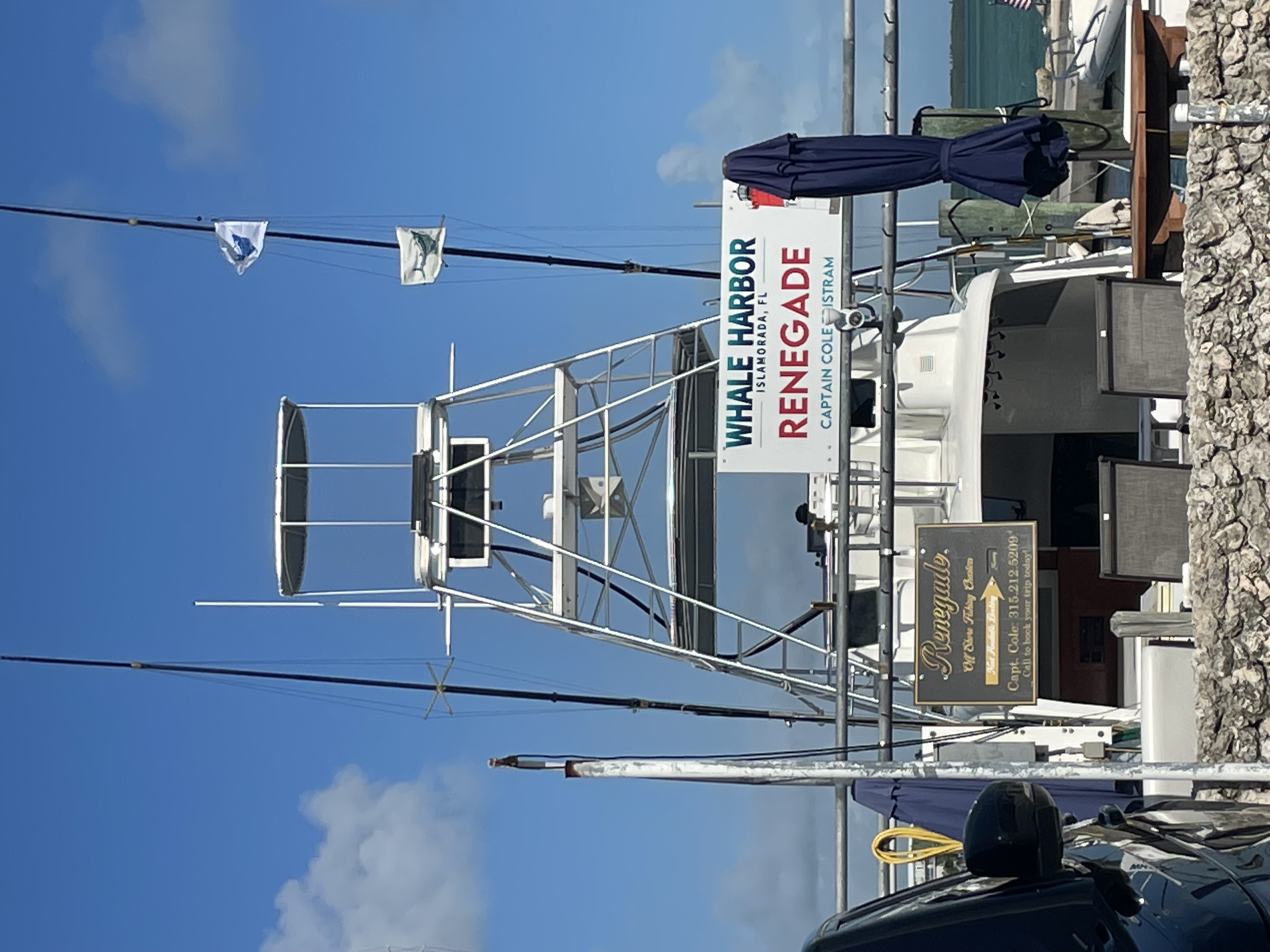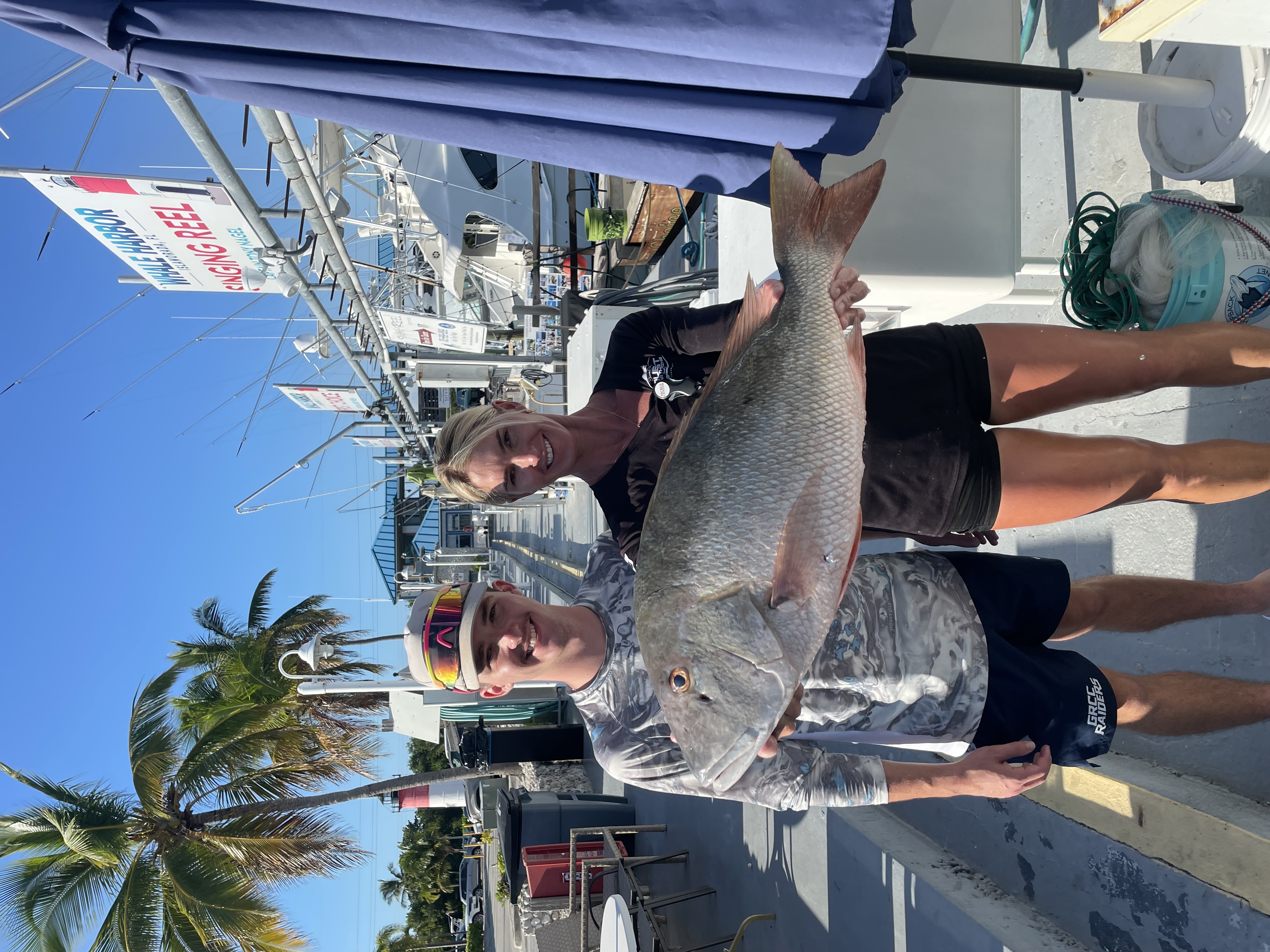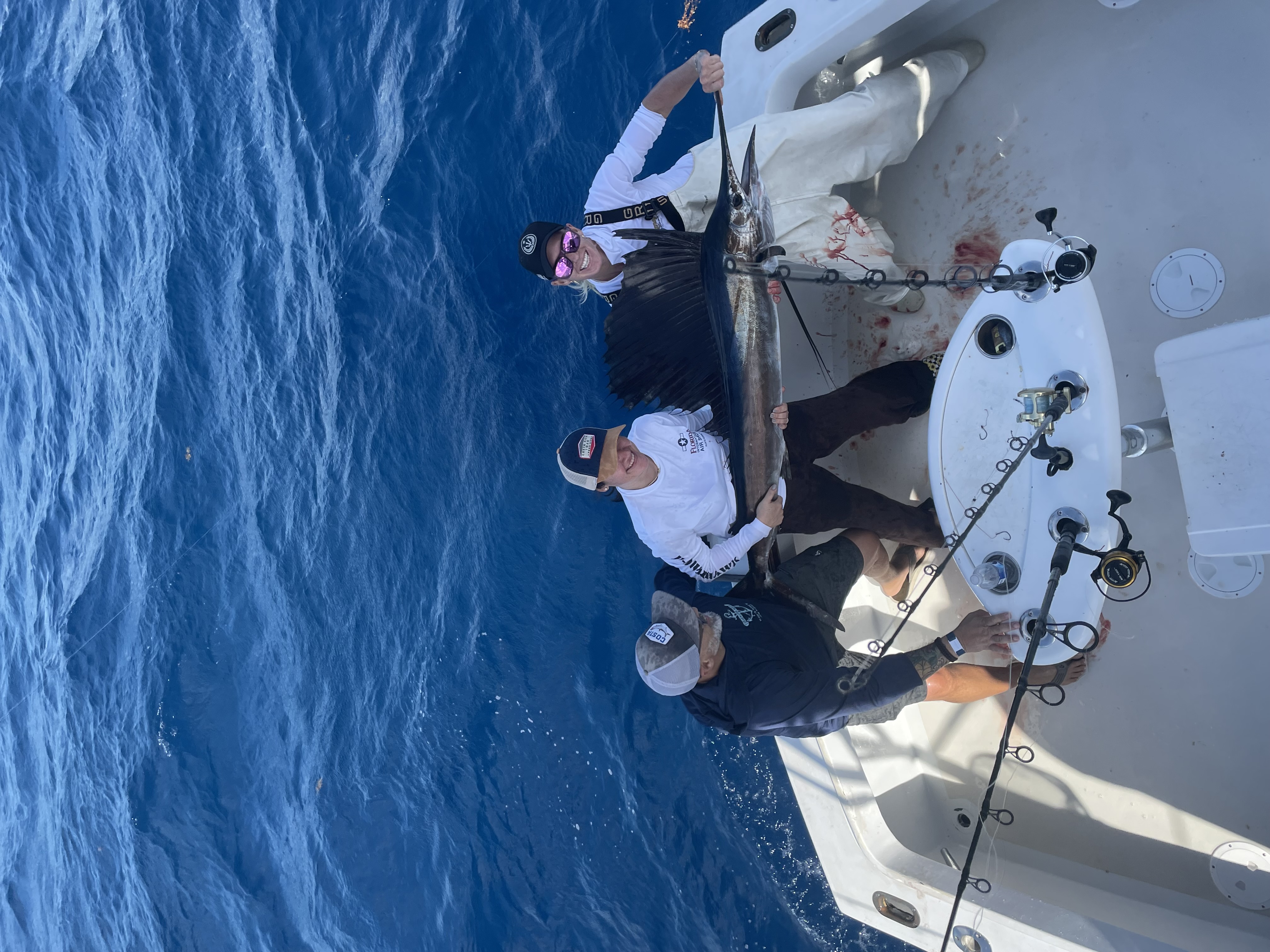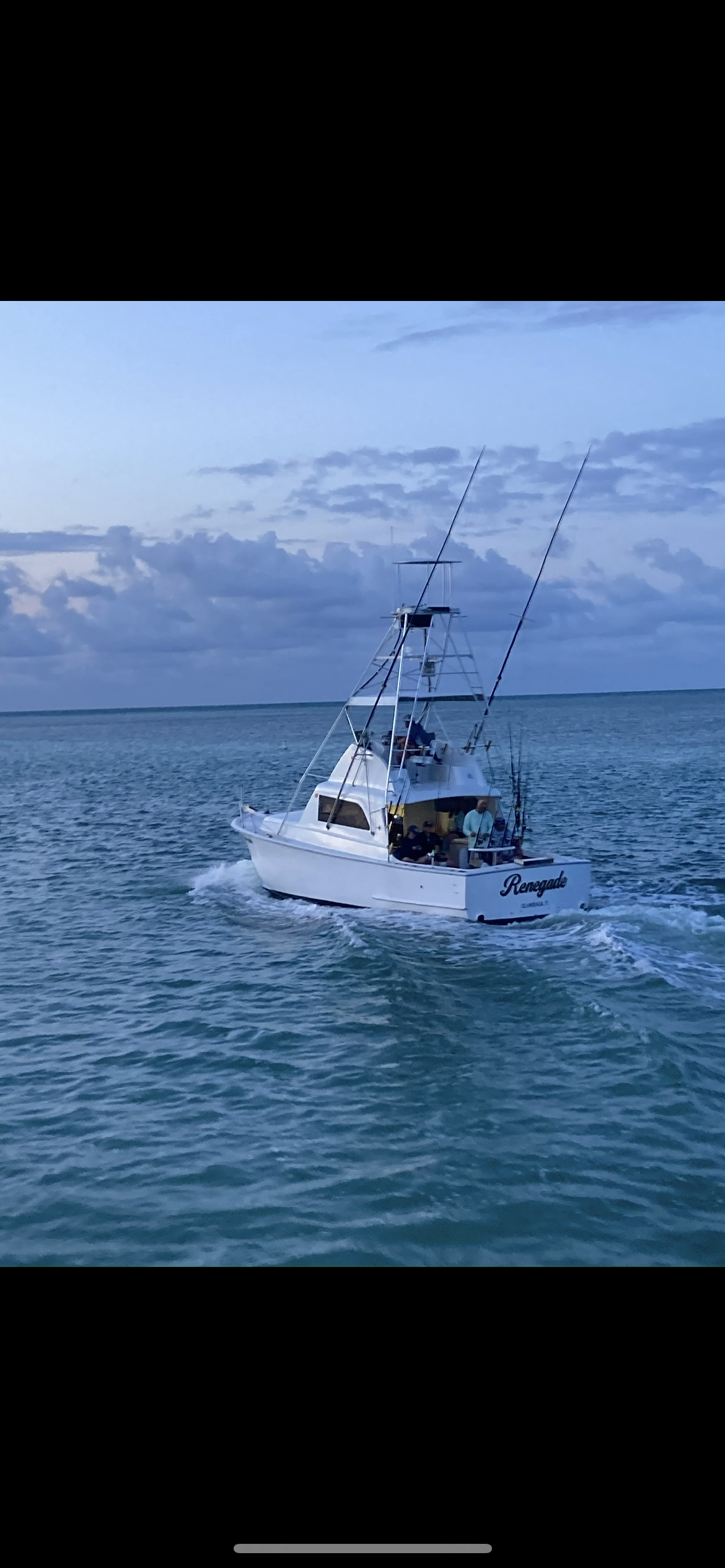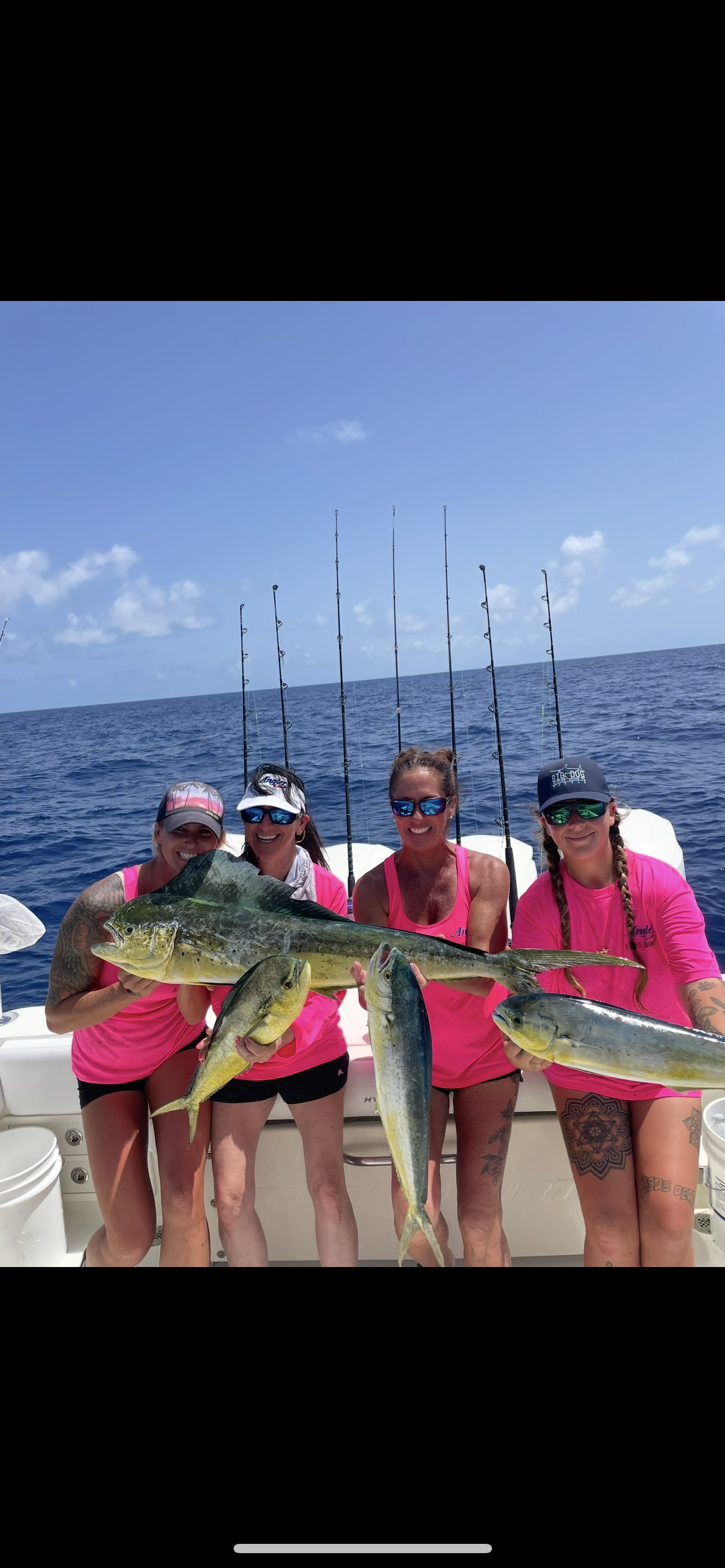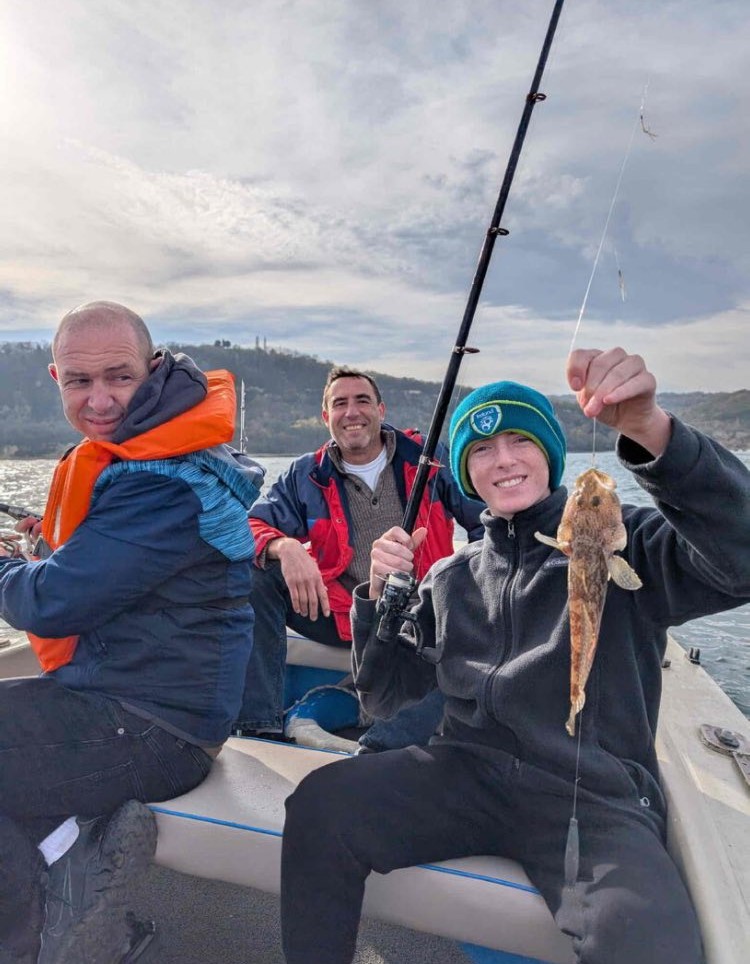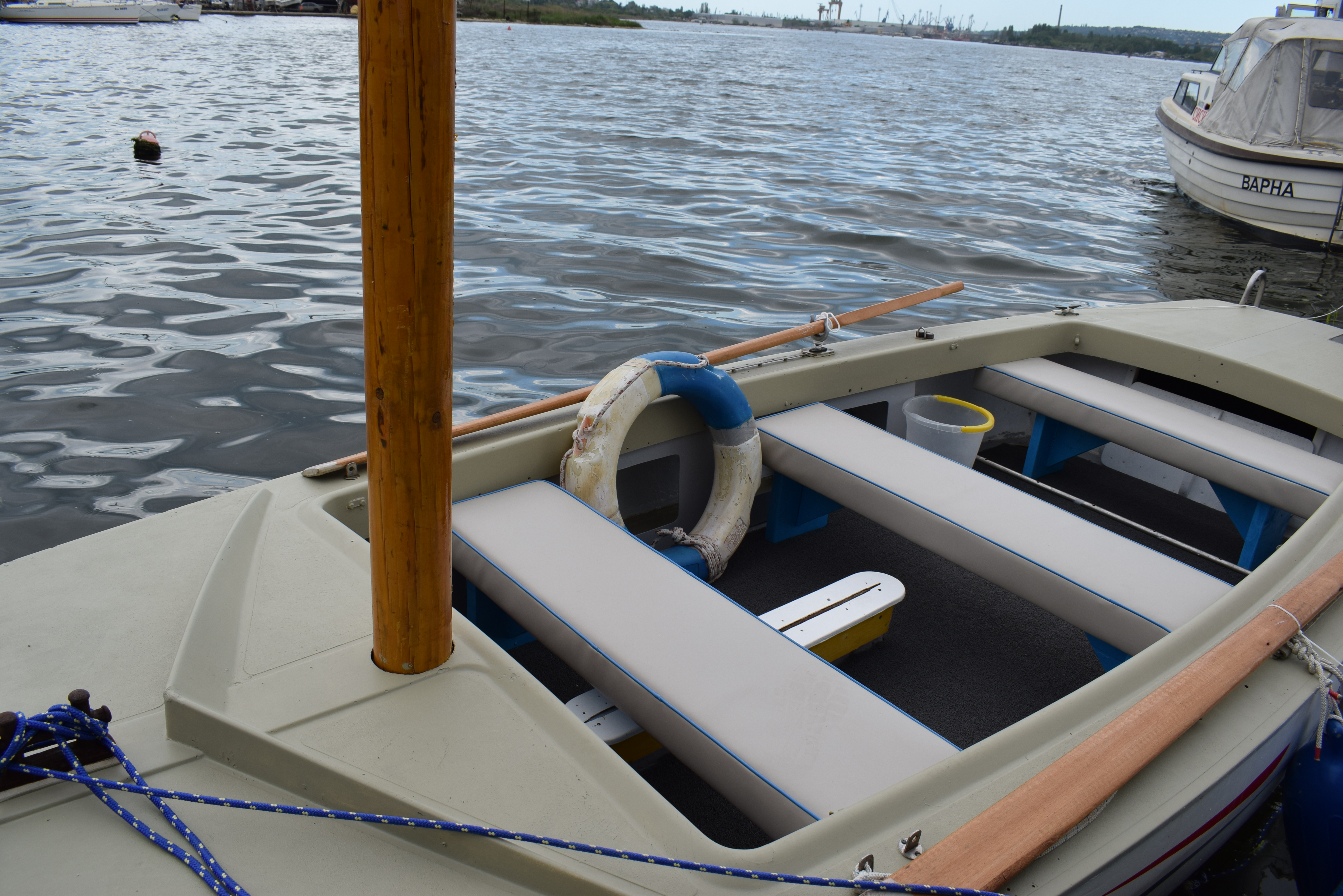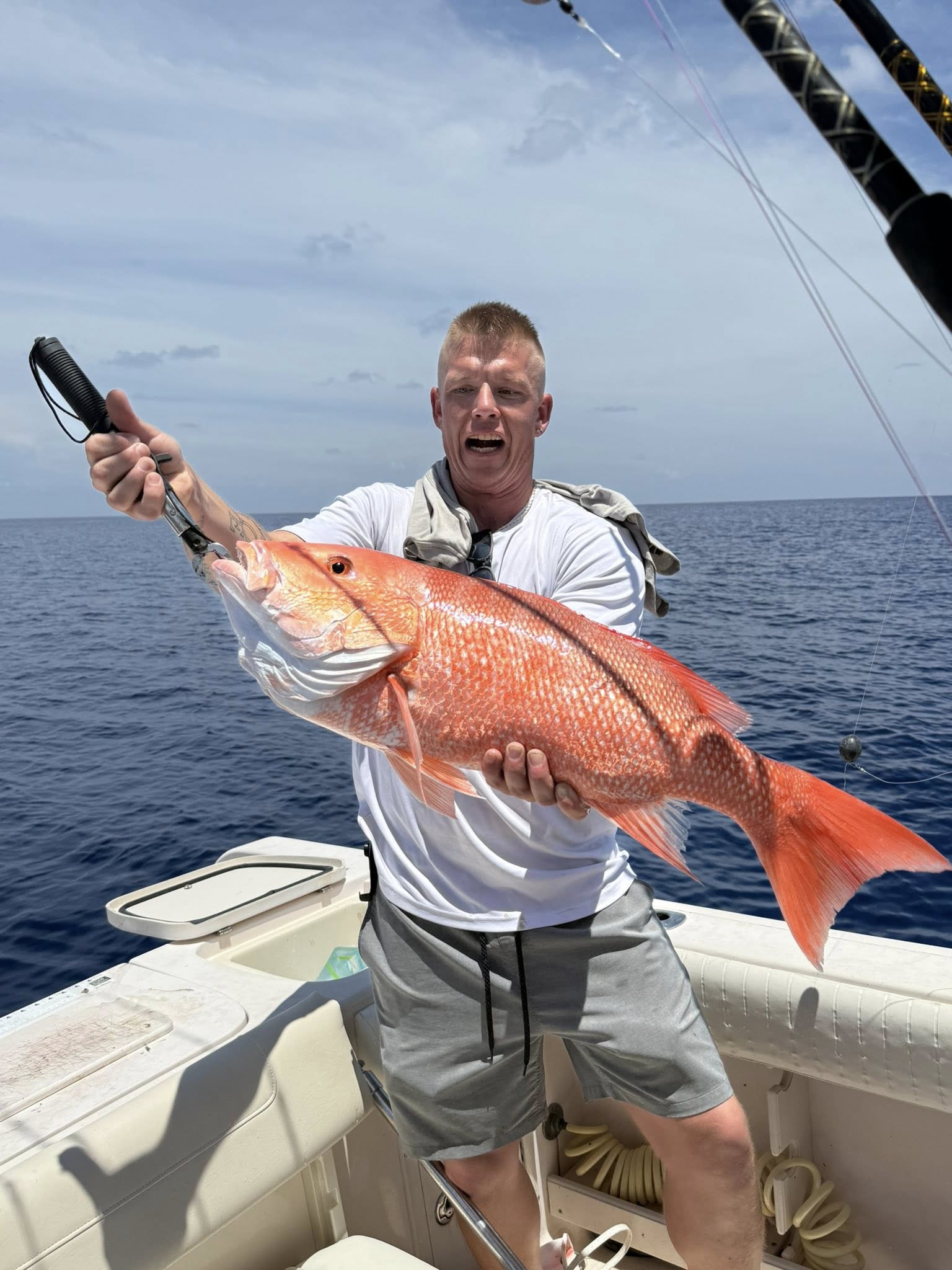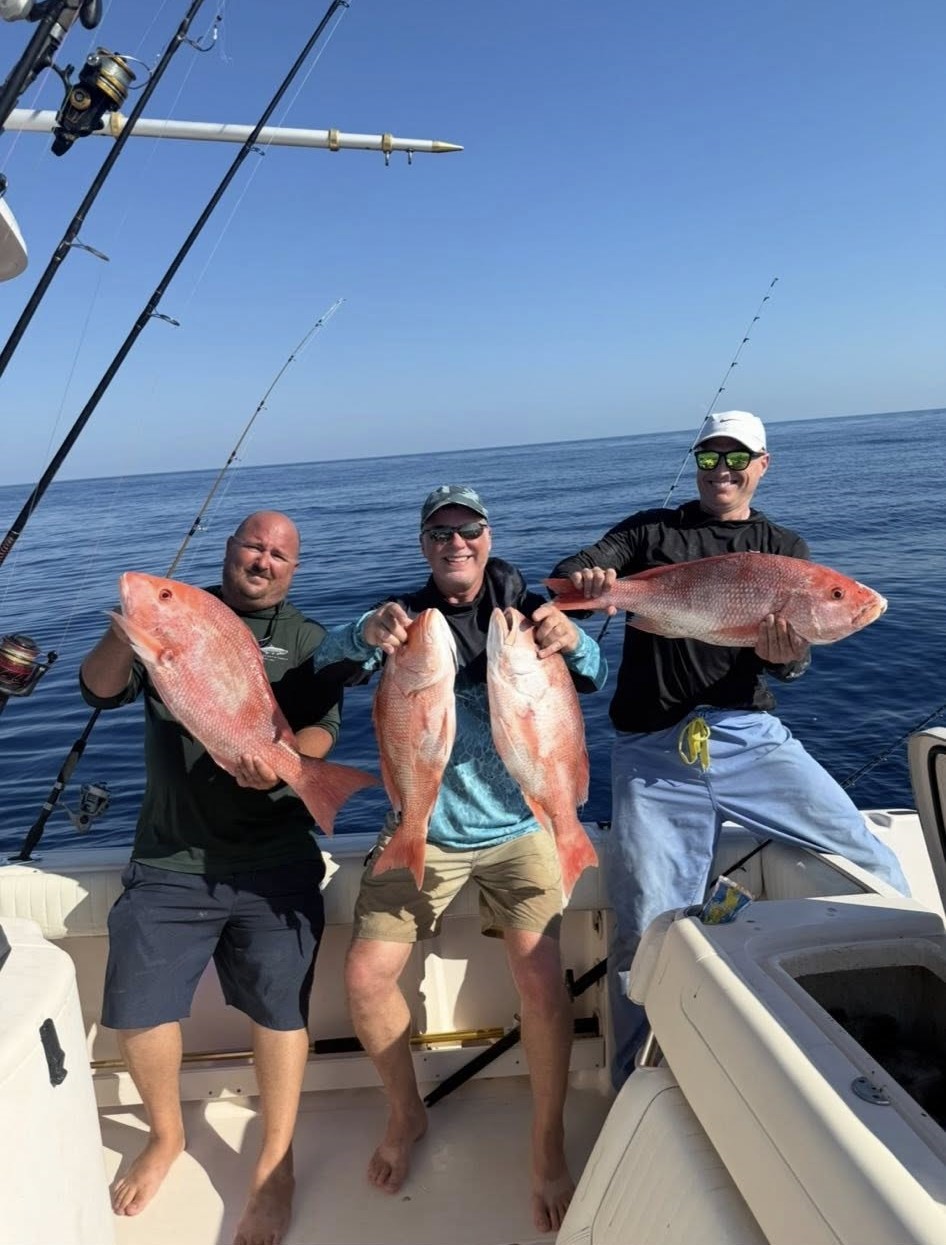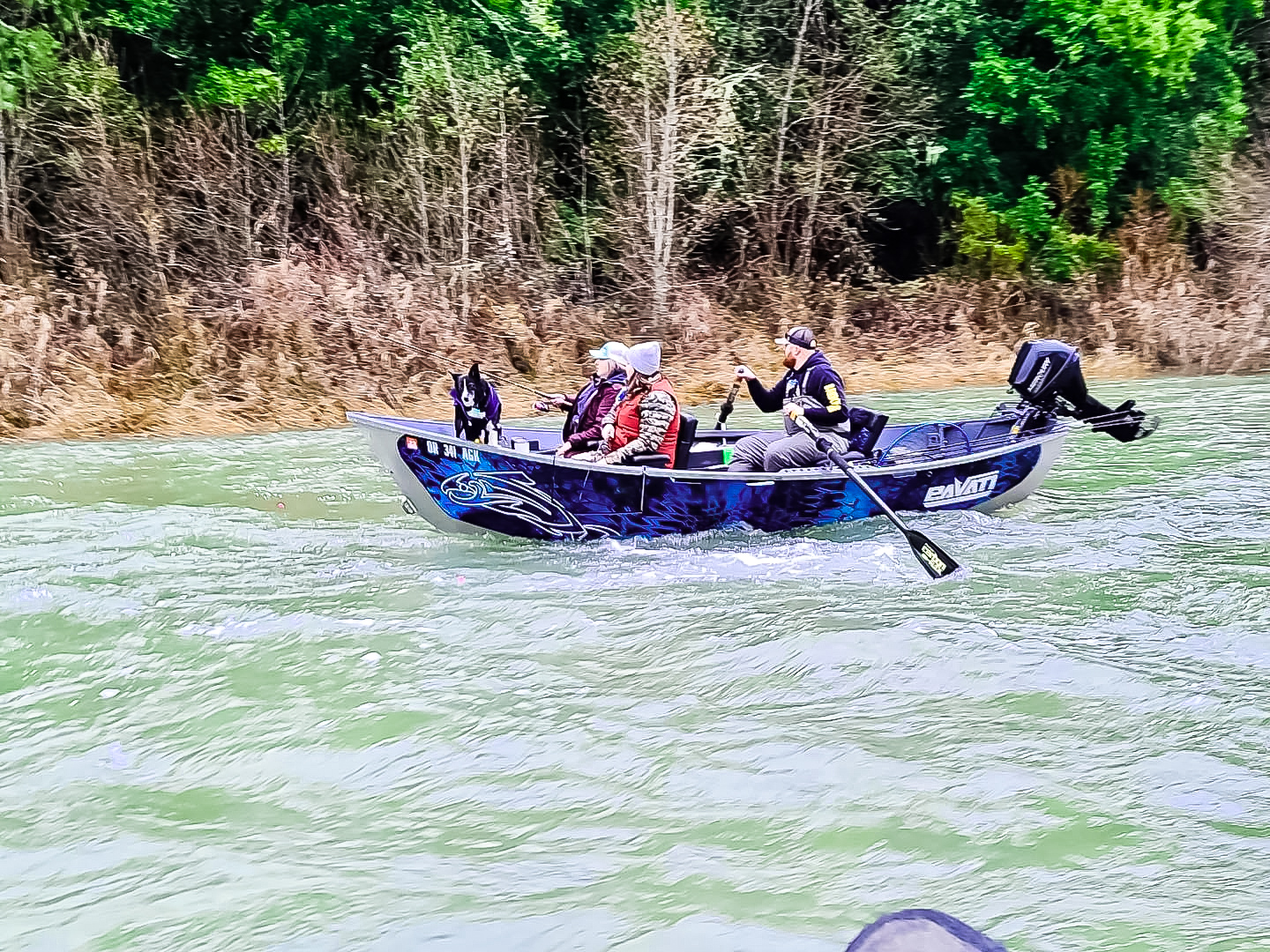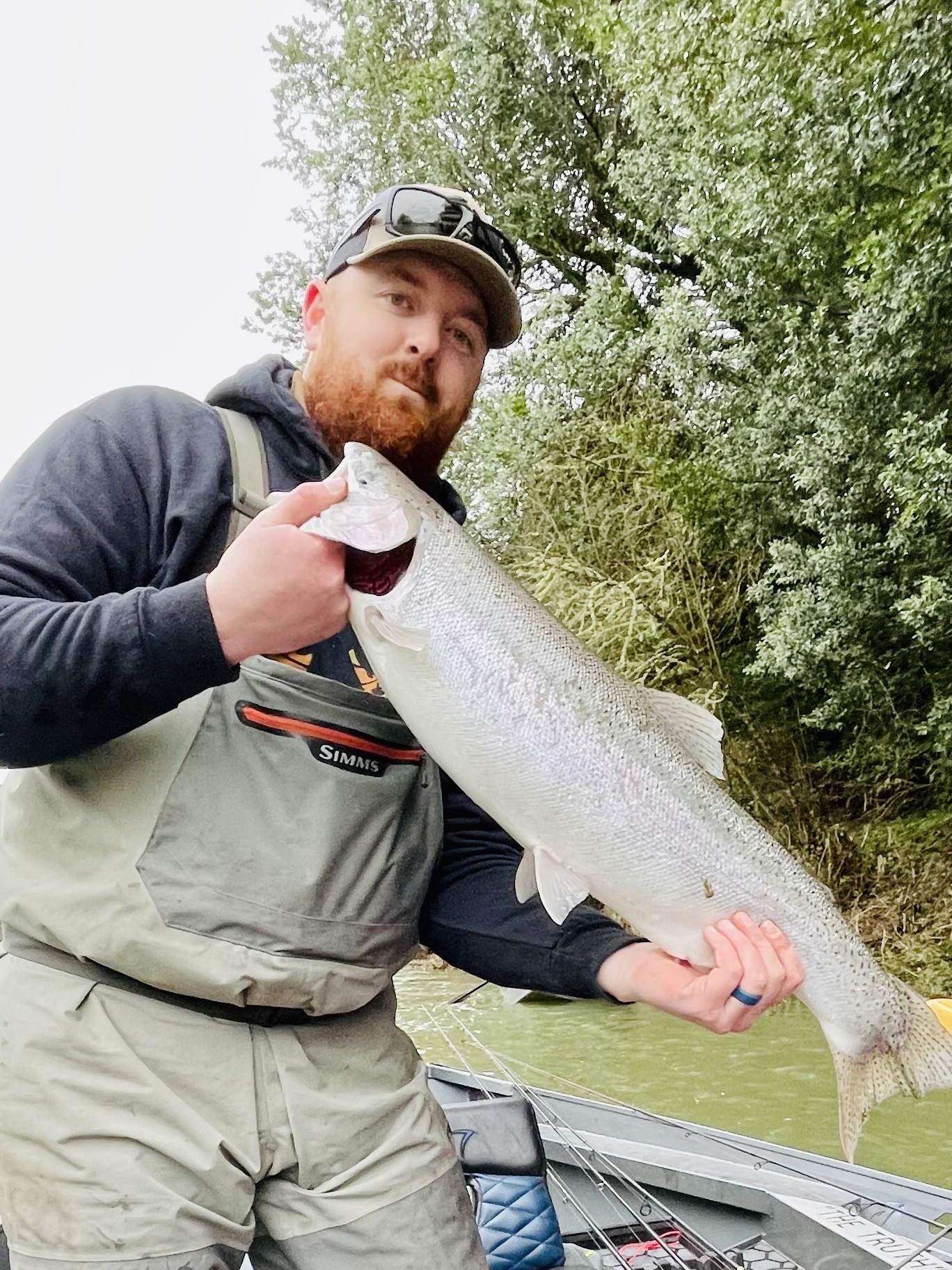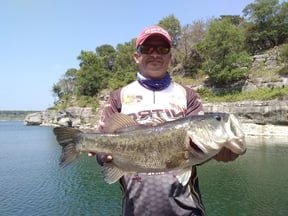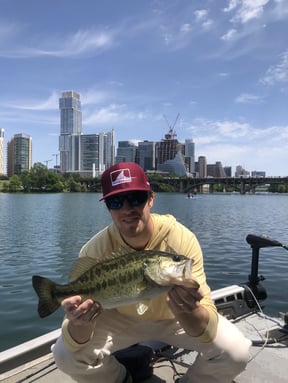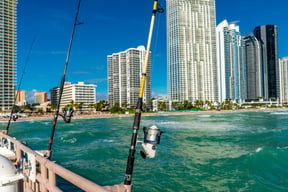Inshore, Flats Fishing in Pineland
Fly Fishing Pineland
Inshore Fishing in Mount Pleasant
Gigging Trip
Salmon Fishing Trip
Steelhead Fishing Trip
Deep Sea, Nearshore Fishing in Puerto Aventuras
Fishing Charter, Puerto Aventuras
Deep Sea, Nearshore Fishing in Islamorada
4 Hour Half Day
Deep Sea, Nearshore Fishing in Islamorada
6 Hour 3/4 Day
Black Sea Trips
Deep Sea, Nearshore Fishing in Sarasota
Red Snapper December Re-Open
Winter Steelhead
We started Captain Experiences to make it easy to book fishing and hunting guides around the world. With over 2,000 Damn Good Guides, our platform makes finding and booking a trip seamless. Head here to check out our trips.
Fishing Misconceptions: Weather and Time
Anglers tend to have deeply rooted beliefs about the best time to hit the water, many of which don’t have the most solid foundation. Over the years, anglers have turned to a variety of resources looking to get dialed in on the bite. These sources of information have a tendency to begin where the science ends and as you can imagine, many strong beliefs were created along the way.
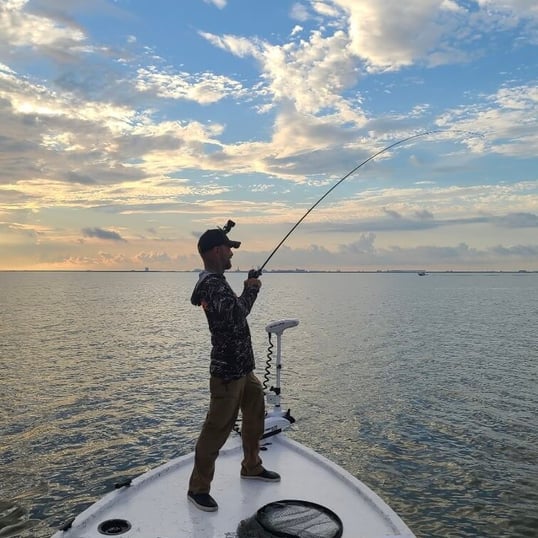
Is Fishing Better in the Morning?
It’s an automatic assumption when most people hear fishing trip, they think of getting on the water early in the morning. In some cases, fishing in the morning will be the most effective time of day but it’s not always the best option. If you have booked a fishing trip in the past you may have noticed that many guides offer afternoon trips and few may even offer trips at night. The idea of heading out in broad daylight and fishing into the evening might sound foreign but just as anglers change lures and baits, you should also change when you hit the water.
The eyes of most fish species don’t adjust to different levels of light in their environment. The only way for fish to compensate is by dropping deeper in the water or finding cover. With a low light angle in the morning and evening, these are the best times for fish to find food. While this already proves fish can be active in the evening it’s more complex than just light.
Water and air temperatures also have a big influence on the feeding habits of fish. Temperatures drop throughout the night making the morning the coolest time of day. In warmer months when the water is hot fish will head to deeper cooler water during the day and only come to the surface and shallows in the morning. On the other hand, during cold months fish become lethargic and with even colder mornings the fishing will be much less effective. Once the afternoon sun starts to warm up the surface of the water, the fish will start getting more active.
The morning is the best time to go fishing for only part of the year which will vary depending on your climate. Afternoons and evenings will give you more opportunities to catch fish when temperatures are mild or cool. The best way to figure out when you should hit the water is to watch the weather and fish as often as you can. After a while, you can identify the general trends of what the fish in your area prefer.
Fishing is dead in the winter
The idea that winter fishing isn’t worth doing because the fish don't bite must have forgotten that ice fishing exists and completely depends on winter weather to happen. Ice fishing is great but there is so much more to winter fishing than frozen lakes.
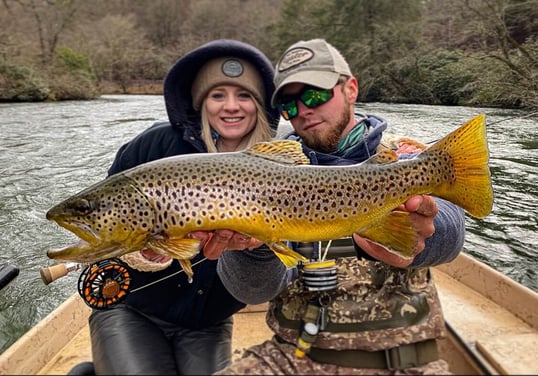
When the days get shorter and the temperatures drop, it triggers a flurry of activity in almost every body of water. Inland and inshore fish head to new feeding grounds and offshore fishing completely transforms with a new list of target species. While spring, summer, and fall are all famous for great runs of various fish, winter fishing can be just as productive.
While the techniques and tackle will be different, some of the biggest freshwater fish are caught in the winter particularly striped bass and catfish. This is also a great time to target speckled sea trout and sheepshead which head to coastal bays to seek shelter and find food. For offshore fishing wahoo, tuna, kingfish, and several other species migrate into the cooler waters around North America during the winter months.
Winter offers great fishing for many of the same sportfish that are caught during the warmer seasons while also drawing in new species in certain areas. The only obstacle to hitting the water throughout the winter is the weather which can be cold, rough, and stormy depending on the area. While the weather can be unwelcoming at times, the fishing is certainly worth doing.
Cold Fronts and Bad Weather Turn Off the Bite
There are several common beliefs anglers continue to pass from one generation to the next when it comes to fishing warm and cold fronts. These bits of fishing “wisdom” surrounding weather are based on rapid changes in temperature, pressure, and light. While it's true that pressure and light have an impact on how and when fish feed, it's also something fish deal with every day. As previously mentioned, fish adjust to how bright their environment is by changing depths to block out more or less sunlight.
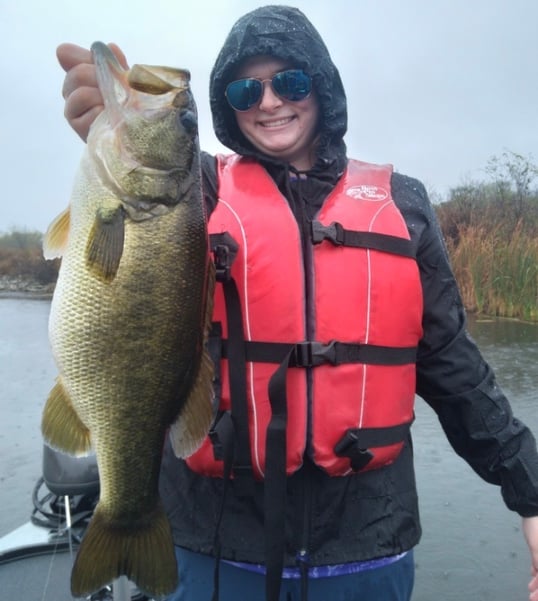
When fish adjust for changes in pressure, they have two options. Fish can adjust for pressure changes by moving up or down in the water but the difference in pressure following a front would only equate to moving a few inches higher or lower in the water column. The more obvious choice for fish dealing with a change in pressure would be to adjust their internal swim bladder which allows them to change their internal pressure and float higher or lower in the water column.
Water temperatures impact fish behavior but it also takes a long time to heat up or cool down. When a front moves in and brings a few days of warmer or cooler weather that isn’t nearly enough time to change the temperature of the water. While the change in temperature from a front moving through might change your experience on the water, the fish likely don’t notice. There have been studies on weather patterns that track movements in bass and to this day there is still no evidence that shows any significant change in activity.
Solar-Lunar Tables for Predicting Peak Bite Times
Reaching further out, anglers have turned to programs that use the moon phases, moon position, day length, and a variety of other information to tell you when the major and minor activity periods will be for fish and wildlife in your area. These solar-lunar calendars have grown a large following because we all want to know when the fish will bite.
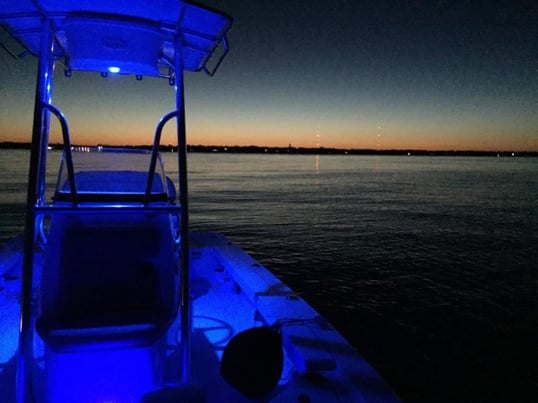
The accuracy of moon phase and solar-lunar calendar predictions has been tested with saltwater and freshwater fish species. The first study tracked the catch rate of largemouth bass on a popular lake over the course of a month. Once all the data was collected it showed that there was no significant difference in catch rate from one day to the next or any correlation to the moon phases.
The second study was done on marlin where they used 84 years of landings records from New Zealand and compared it to the moon’s position at the time. Once the results were in it did show that there was a slight increase in landings just before a full moon and a slight decrease just after. Unfortunately, the results didn’t show any correlation between landings and the solar-lunar predictions.
We all want to believe these calculations will help us catch more fish by hitting them at the right time. Unfortunately, the research has proven that this information just doesn't hold up.
Joey Butrus
Updated on August 3, 2023

August 21, 2023
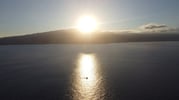
April 26, 2022

June 22, 2022

October 26, 2020

January 19, 2021
Related Articles
January 24, 2022
April 27, 2022
April 20, 2023
Featured Locations
- Fishing Charters Near Me
- Austin Fishing Guides
- Biloxi Fishing Charters
- Bradenton Fishing Charters
- Cabo San Lucas Fishing Charters
- Cancun Fishing Charters
- Cape Coral Fishing Charters
- Charleston Fishing Charters
- Clearwater Fishing Charters
- Corpus Christi Fishing Charters
- Crystal River Fishing Charters
- Dauphin Island Fishing Charters
- Daytona Beach Fishing Charters
- Destin Fishing Charters
- Fort Lauderdale Fishing Charters
- Fort Myers Fishing Charters
- Fort Walton Beach Fishing Charters
- Galveston Fishing Charters
- Gulf Shores Fishing Charters
- Hatteras Fishing Charters
- Hilton Head Fishing Charters
- Islamorada Fishing Charters
- Jacksonville Fishing Charters
- Jupiter Fishing Charters
- Key Largo Fishing Charters
- Key West Fishing Charters
- Kona Fishing Charters
- Lakeside Marblehead Fishing Charters
- Marathon Fishing Charters
- Marco Island Fishing Charters
- Miami Fishing Charters
- Montauk Fishing Charters
- Morehead City Fishing Charters
- Naples Fishing Charters
- New Orleans Fishing Charters
- New Smyrna Beach Fishing Charters
- Ocean City Fishing Charters
- Orange Beach Fishing Charters
- Panama City Beach Fishing Charters
- Pensacola Fishing Charters
- Pompano Beach Fishing Charters
- Port Aransas Fishing Charters
- Port Orange Fishing Charters
- Rockport Fishing Charters
- San Diego Fishing Charters
- San Juan Fishing Charters
- Sarasota Fishing Charters
- South Padre Island Fishing Charters
- St. Augustine Fishing Charters
- St. Petersburg Fishing Charters
- Tampa Fishing Charters
- Tarpon Springs Fishing Charters
- Venice Fishing Charters
- Virginia Beach Fishing Charters
- West Palm Beach Fishing Charters
- Wilmington Fishing Charters
- Wrightsville Beach Fishing Charters


